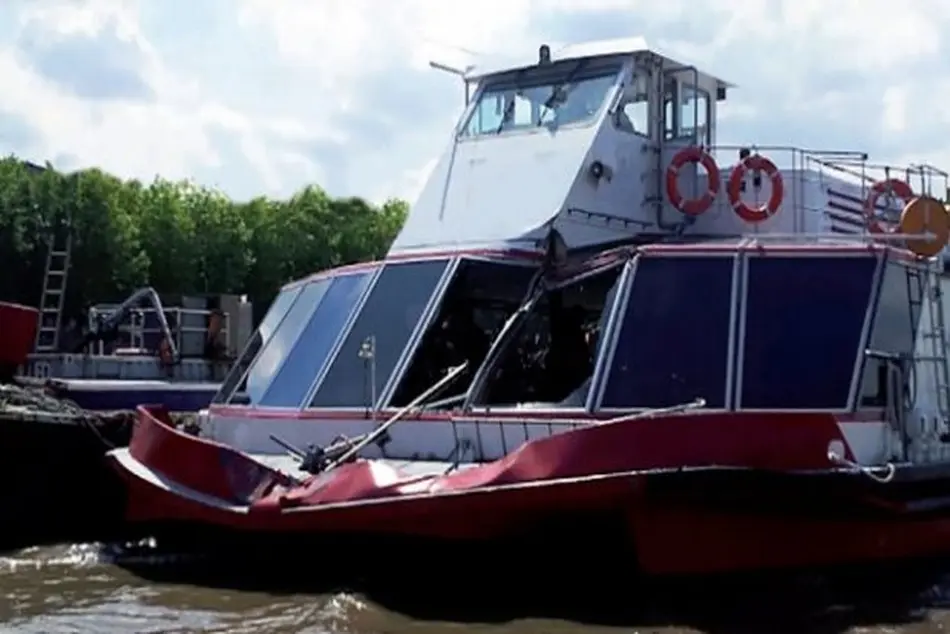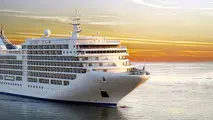Effective steering is critical to vessel safety

In its latest edition of Safety Digest, UK MAIB presented a case of collision between a domestic passenger vessel and a tug, due to unexpected hydrodynamic interaction, while operating in confined waters. MAIB provides a description of what happened and important lessons learned to prevent similar incidents from occurring in the future.
The incident
On a summer’s afternoon, a domestic passenger vessel set off on a river trip with over 350 passengers on board. The crew comprised the master, mate and three customer service agents and the passengers included groups of school children.
The vessel made its way downriver, making good a speed of about 6.5kts against a 2kt tidal stream. The mate was at the helm in the wheelhouse while the master was on the top, open deck giving a light-hearted commentary on the sights and landmarks as they passed by. There were a number of other vessels in close proximity and the vessel was navigating close to moorings on the river’s south bank.
The trip was going well until the passenger vessel unexpectedly turned or sheered to port towards a tug towing barges. The tug was only 100m away. Initially, the passenger vessel’s mate did not take any action. He had not intentionally applied port helm and he therefore assumed that the tug had turned towards the passenger vessel. After several seconds however, the mate turned the helm hard over to starboard and moved the starboard engine control lever to full ‘astern’.
At about the same time, the master saw the tug out of the corner of his eye and shouted a warning to the passengers. By this time, the tug’s skipper had moved the tug’s helm hard over to starboard, but this did not prevent the two vessels from colliding. The passenger vessel then struck one of the towed barges, which resulted in significant damage to its bow and passenger saloon. The passenger vessel was then briefly pushed astern at a speed of almost 5kts before the master regained control and secured it alongside a moored barge. Nine passengers suffered minor injuries.
The passenger vessel was fitted with a rod and gear steering system and considerable force was required to turn the wheel hard over to both port and starboard, while the vessel was making way with the engines running at their normal speed. It was also difficult to keep the vessel on a straight course.
In addition, the forward and elevated position of the wheelhouse meant that the mate had no visual reference, such as the bow tip, to accurately judge the rate of turn. The rate of turn was frequently assessed by looking aft and watching the movement of the stern. No rudder indicator was fitted.
Lessons learned
- Hydrodynamic interaction is a phenomenon routinely encountered by many vessels in different ways such as ‘squat’ and ‘bank effect’. These effects can be allowed for during passage planning but the effects of interaction resulting from a vessel passing other vessels and objects at close range are more difficult to anticipate. Therefore, when operating in confined water in close proximity to other vessels, the possibility of a sheer should always be borne in mind.
- Effective steering is critical to vessel safety. If a steering system is difficult to use and the helmsman has no indication of the rudder angle and no visual references to gauge a vessel’s rate of turn, difficulties are bound to arise. Equipment fit is not just about complying with regulations, fitness for purpose is just as, if not more, important.
